In the wake of a $9 billion deal that will see Lockheed Martin buy United Technologies's Sikorsky helicopters business, we take a look back at 10 of the biggest – or at least the most significant – aerospace takeovers of the past decade, ranked by dollar value
1 UTC/Goodrich (2012, $16.5 billion)
In the biggest aerospace takeover of all time by transaction value, UTC melded its target with its Hamilton Sundstrand business unit to create UTC Aerospace Systems. Competition-wary regulators in the US and Europe approved the deal on condition that UTC divest some assets, which UTC planned to do anyway, to claw back some cash to pay for it all. One name to go was Rocketdyne (see number 9 below). Another – and this one a forced sale by the regulators – was Goodrich Electric Power Systems, sold to Safran for $400 million in March 2013. That deal, combined with Safran’s subsequent purchase of Eaton’s aerospace power distribution management solutions and integrated cockpit solutions businesses, turned Safran into one of just two companies globally with a truly comprehensive aircraft electrical systems capability – the other being UTC.
Whether the net effect on UTC is positive or negative remains to be seen. But looked at through the prism of an investor, one must wonder if a sale of Sikorsky is the end of it. Investors don’t generally like conglomerates – it’s to them to spread their risk, not management – so don’t be surprised if UTC comes under pressure to split its aerospace businesses from its buildings and construction businesses (Carrier air conditioners and Otis lifts). Whether UTC Aerospace Systems and Pratt & Whitney belong under the same corporate roof is also not an unreasonable question to ask.
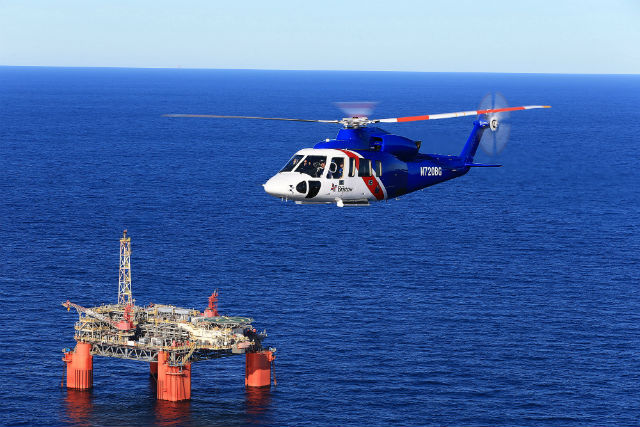
But do we actually need the helicopter?
Sikorsky
2 Finmeccanica/DRS (2008, $5.2 billion)
Back in the 2000s, everybody was urging European aerospace firms to buy their way into the go-go US market. Finmeccanica was eager and DRS looked plum, being American and strong in defence electronics and cybersecurity – already two of its strengths, through its Selex business. In the event, the Italians probably paid too much and did the deal just before detonation of that underground nuclear test known as the global financial crisis. To make matters worse, the clamps went on US defence spending and Finmeccanica soon initiated its own, home-grown series of financial calamities and ethics scandals.
Now that things have settled down a bit, word is that the bosses in Rome are looking for a strategic partner – if not outright buyer – for DRS.
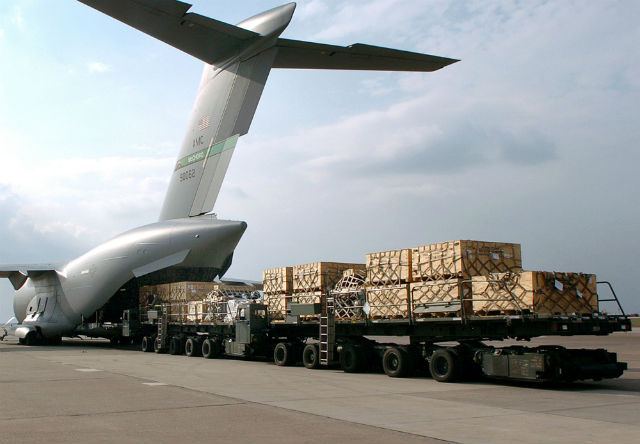
You could fit a lot of money in those crates
Finmeccanica
3 GE/Smiths (2007, $4.8 billion)
UK-based Smiths is well-known by travellers as the maker of much of the world’s airport security scanning equipment, but that isn’t the part of the business GE bought. Rather, Smiths Aerospace makes systems for flight management, electrical power management, mechanical actuation and airborne platform computing – and has what GE described at the time as “a major presence on new aircraft such as the Boeing 787, Airbus A380 and the Joint Strike Fighter”.
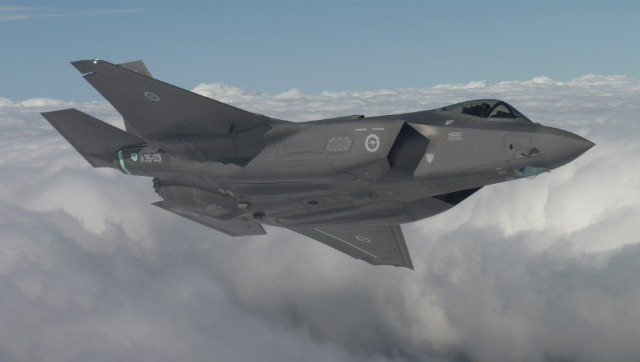
Smiths inside
Lockheed Martin
4 Harris/Exelis (2015, $4.6 billion)
Harris, which makes secure communications systems including for air traffic control, described the acquisition as “transformative”, creating an $8 billion turnover company. Defence electronics specialist Exelis is the former ITT aerospace business, spun off when that conglomerate split itself into three focused businesses in 2011.

Exellent, Exelis
Harris
5 GE/Avio Aero (2013, $4.3 billion)
In one of the really significant deals of the decade, GE acquired from private equity investors one of Europe’s most advanced jet engine components makers, which supplies just about every name in the power business. Based in Turin, Avio Aero is also way out at the cutting edge in additive layer manufacturing, the so-called 3D printing where GE itself is a pioneer. Don’t be surprised to look back one day and realise that this pairing has proved to be as powerful as GE’s 1980s tie-up with Safran to create CFM International.
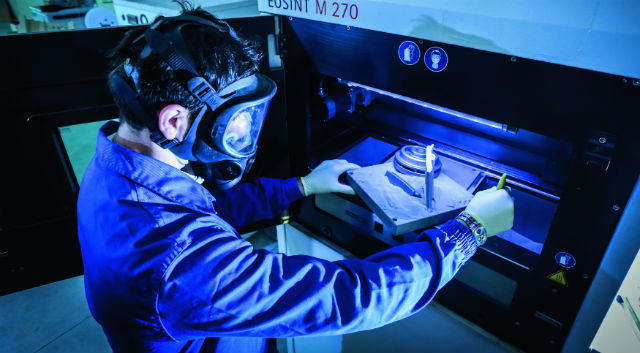
Avio adds up
Avio Aero
6 Textron/Beechcraft (2014, $1.4 billion)
The 2008 financial crisis will long be remembered as the crunching, brutal end of many dreams – one of which was that a never-ending wealth boom would see light business jets sell like, say, BMW sports cars. One casualty of the crash was Hawker Beechcraft, which had pumped big money into Hawker jets. With the company renamed Beechcraft and hanging on by a financial thread, Textron came along and scooped it up, combining it all with its own Cessna brand to create Textron Aviation – firmly focused on the Cessna and Beechcraft propeller products.

That's one beechin' Beechcraft
Textron Aviation
7 Rockwell Collins/ARINC (2013, $1.4 billion)
For Collins, moving beyond its traditional bastion of communications equipment into networked communications seems natural enough. Indeed, it described the purchase of ARINC as “a major leap forward to realising our vision of providing a richer set of seamless information management solutions that encompass the aircraft and ground-based systems”.
![]()
ARINC tracks them
Rockwell Collins
8 General Dynamics/Jet Aviation (2008, $2.2 billion)
Zurich-based business aviation services provider Jet Aviation now sits alongside Gulfstream as one of two business units in General Dynamics’ aerospace division.

Generally dynamic services for the elite business traveller
Jet Aviation
9 GenCorp/Rocketdyne (2013, $550 million)
GenCorp is really Aerojet, the corporate overlord being a holding company that also owns a small business to manage the property on which the company headquarters sits. Now trading as Aerojet Rocketdyne, this deal promised scale – at the time, the company talked about $1 billion of cost savings in the 10 years from 2016 – and by combining Aerojet’s solid rocket motors with Rocketdyne’s long and storied experience in big launch engines (Saturn V was one of theirs), the business can now offer a complete space propulsion package, from ground to in-orbit control and in-space propulsion, as well as an increasingly advanced missile defence systems capability.
Rocketdyne may be one of the best-known names in, well, rockets, but it has had a chequered financial history. Founded by North American Aviation in the 1950s, it has also been owed by Rockwell and Boeing, which in 2005 sold it to UTC, where it was known as Prattt & Whitney Rocketdyne.
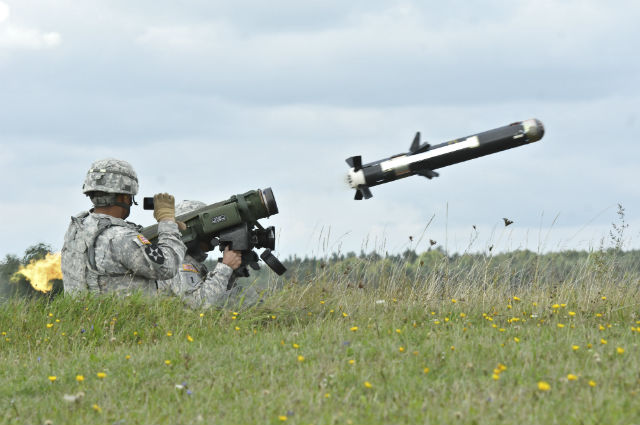
Rocketdyne does some bigger ones
US Army
10 CAIGA/Cirrus (2011, undisclosed)
CAIGA, aka the China Aviation Industry General Aircraft Co Ltd, is not the first Chinese company to buy an ailing Western general aviation aircraft maker, and probably will not be the last. China has its priorities, but don’t expect pumping in more money to do anything about the underlying dynamics of a market in decline.

SF50 Vision finally has service entry in sight - end-2015...
Cirrus
Source: FlightGlobal.com



















